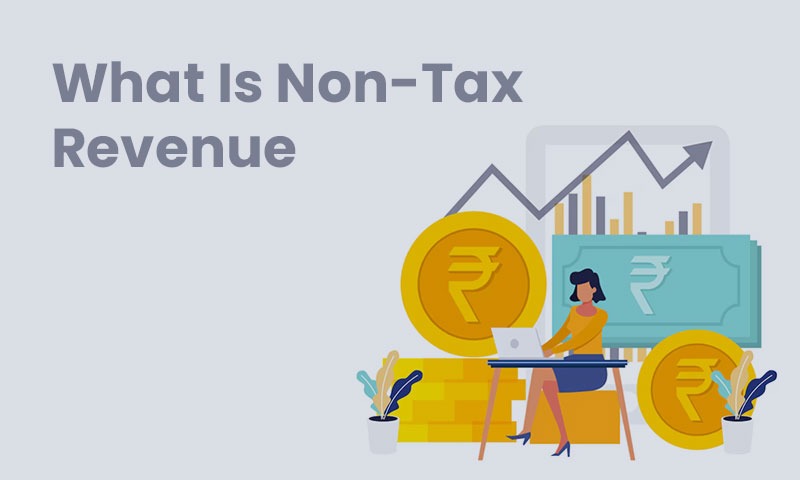Non-tax revenue in India plays a vital role in funding government operations. Unlike income or GST, it comes from fees, dividends, and other non-levy sources. With India’s economy growing, these funds are key. What are they, and why do they matter? Let’s break it down.
What Is Non-Tax Revenue?
Non-tax revenue in India includes earnings outside traditional taxes. Major sources are dividends from public sector units (PSUs) like ONGC, fees for services like passports, and spectrum auctions. For example, telecom spectrum sales fetched ₹1.42 lakh crore in 2022, per the Economic Times. It also covers fines, railway earnings, and interest on loans. This revenue supports infrastructure and welfare without burdening taxpayers.
Key Sources and Their Impact:
The biggest chunks of non-tax revenue in India come from PSUs and disinvestment. In FY24, PSU dividends contributed ₹1.5 lakh crore, per IBEF. Disinvestment, like LIC’s IPO, also added ₹35,000 crore. Fees from licenses—think mining or telecom—also swell coffers. In addition, non-tax revenue hit ₹4.03 lakh crore in FY23, nearly 15% of total revenue, per the Finance Ministry. However, fluctuating global markets can dent these flows.
Trends and Recent Developments:
Non-tax revenue in India is evolving with digital growth. UPI transaction fees and digital service charges are also rising contributors. In FY25, the government targets ₹4.2 lakh crore, driven by 5G auctions and PSU payouts, per Business Standard. Moreover, strategic disinvestments like Air India’s sale signal a push for efficiency. Yet, over-reliance on volatile sources like disinvestment risks shortfalls. In 2023, total revenue reached ₹27.3 lakh crore, per IBEF, with non-tax funds as a steady pillar.
Why It Matters:
Non-tax revenue in India plays an important role in maintaining fiscal balance without increasing the direct tax burden on citizens. It supports the government in funding essential services like education, healthcare, and infrastructure while helping reduce the fiscal deficit. In times of economic slowdown, when tax collections may falter, non-tax sources like dividends, fees, and interest receipts offer a reliable cushion.
Conclusion:
In conclusion, non-tax revenue in India is a dynamic tool for growth. From spectrum sales to digital fees, it shapes public finance. As India modernizes its systems and public enterprises, non-tax income will likely become an even more reliable source of funding. Understanding it helps you grasp India’s fiscal strategy. Ready to dive deeper? Explore more revenue insights now!
– Ketaki Dandekar (Team Arthology)
Read more about Non-Tax Revenue in India here – https://groww.in/non-tax
